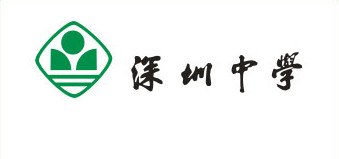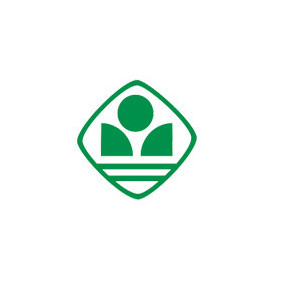Human Practices
In order to make people know more about synthetic biology and IGEM,we use extracurricular to publicity our competition project.We also organize some activity to let people know it............
Human Practices
In order to make people know more about synthetic biology and IGEM,we use extracurricular to publicity our competition project.We also organize some activity to let people know it............
Initiative
We took the initiative with the oil sands industry and established a dialogue between industry experts, academics, and government representatives. Through these talks a roadmap for the use of synthetic biology in the oil sands was established, focusing on biosensing and bioremediation.
Interviews
As an undergraduate team, we spoke with experts in various fields, including the oil industry, tailings pond management, biotechnology, law, and politics to gather various opinions on our project. How useful is synthetic biology in a tailings pond environment? What design considerations should we include in our project to improve security? What legal policies must we consider before implementing our project?
Design Considerations
Since safety is the driving force behind our project, we need to ensure the physical design of our biosensor and bioreactor would contain and manage the bacteria to minimize the possibility of their escape. We needed to build devices that would ensure the safety of both the user and the outside environment during their use. Click here to learn more!
Killswitch
Both FRED and OSCAR are designed to operate within enclosed environments. However, since safety is our highest priority, we decided to design and implement a killswitch in both FRED and OSCAR as an extra layer of security. The killswitch aims to destroy the genome using two powerful non-specific nucleases in the unlikely event that bacteria escape into the environment. Click here to learn more!
Safety
Click here for our safety page! Here we detail all the safety procedures, certifications, and approvals we have from our University to allow us to work this summer.
Community Outreach
iGEM Calgary partnered with a number of different associations to engage the general public about science and synthetic biology. Click here to see what we've done this summer!
TEAM
It contains the team member and our directive teacher.Also our school’s introduction and the method of contacting us..................
Detecting
FRED is our star detective, working around the clock to detect toxins roaming freely in tailings pond water. FRED is known for being a little unorthodox in his methods namely by using a measurable electrochemical signal rather than colored or fluorescent reporters. Using his transposon library FRED gets clues about the genetic elements that will activate in the presence of toxins.
Reporting
Once FRED finds the toxins he wastes no time exposing them. Building upon last year's single output electrochemical system FRED now uses the new triple output system to report the toxins. This novel approach to electrochemical reporting means that FRED is as good as he is fast.
Modelling
Aside from being a stellar detective FRED also dabbles in the art of mathematics and modelling. These skills are used to model the behavior of the system. The results from the modelling helped guide the wet lab experiments which in turn gave new data to refine the model.
Prototyping
FRED gets a lot of information so he stays on top of things with the help of his handy dandy physical device to test the sample and software to interpret the raw data. The device has been prototyped and has an accompanying software platform that works with FRED to detect the toxins.
OTHER
There are the other part of project,including supporter and safety questions.........
Overview
Our team is going to develop novel modular biosensors that enable cost-effective and on-site detection of nitrates/nitrites by using an Escherichia coli (E.coli) chassis. To introduce the whole process of our project, we split our works into 3 parts......
Outreach

PICTURE

Bioreactor
OSCAR needed a home, so we developed an enclosed bioreactor system where toxins can be converted into hydrocarbons for output. Click here to see how we designed the bioreactor!
Upgrading
Nitrogen and sulfur heteroatoms can produce nasty airborne pollutants when burned, cause acid rain and acid deposition, and can damage valuable catalysis mechanisms involved in fuel processing and emissions control. OSCAR can remove these atoms trapped in the rings. Click here to see how!








 "
"









